Varicose veins are more than just a cosmetic concern, they can cause aching, swelling, and throbbing pain that interferes with daily life. Fortunately, one of the simplest and most effective home remedies for managing discomfort is the strategic use of ice packs. When used properly, cold therapy can reduce inflammation, soothe pain, and improve circulation, providing natural relief without medication.
Understanding Varicose Veins and Why Cold Therapy Helps
Varicose veins occur when the valves in your veins become weak or damaged, causing blood to pool and veins to enlarge. They often appear as twisted, bluish-purple veins on the legs or ankles. Common symptoms include pain, heaviness, swelling, itching, and cramps, especially after long periods of standing or sitting.
Cold therapy, or cryotherapy, works by narrowing blood vessels (vasoconstriction), which helps reduce swelling, inflammation, and pain. When applied properly, ice packs help relieve the burning and throbbing sensations that often accompany varicose veins.
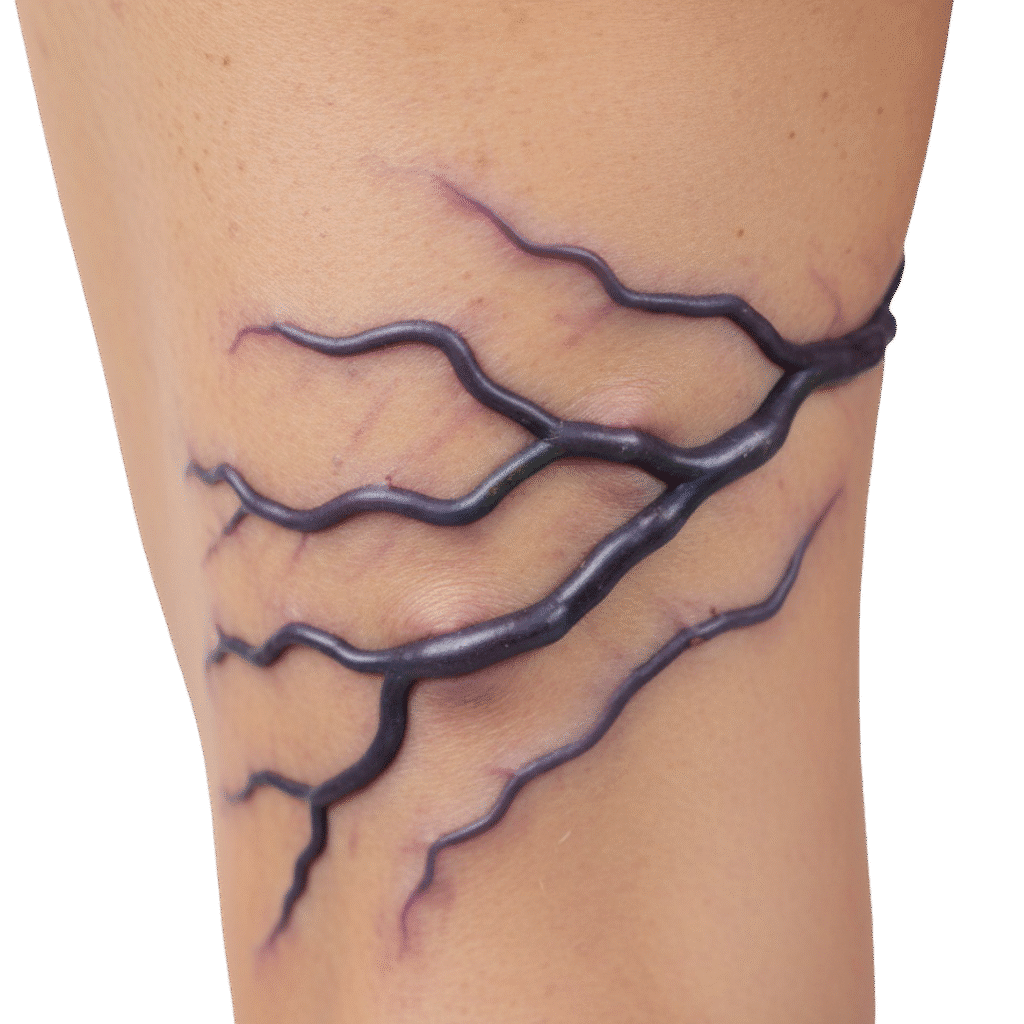
Benefits of Using Ice Packs for Varicose Veins
Using an ice pack correctly can provide a range of therapeutic benefits:
- Reduces Inflammation and Swelling
Cold temperatures help constrict blood vessels, limiting the flow of fluid to affected tissues. This significantly reduces swelling and pressure around varicose veins, easing discomfort.
- Numbs Pain and Soothes Discomfort
Applying ice produces a numbing effect that blocks pain signals in the nerves, giving immediate relief from throbbing and aching sensations.
- Enhances Circulation Over Time
While cold initially reduces blood flow, alternating between cold and normal temperature helps stimulate better venous return, which can improve blood circulation in the long term.
- Prevents Further Vein Dilation
Frequent inflammation can cause veins to stretch and worsen. Ice therapy helps maintain vein elasticity by preventing excessive dilation caused by heat or inflammation.
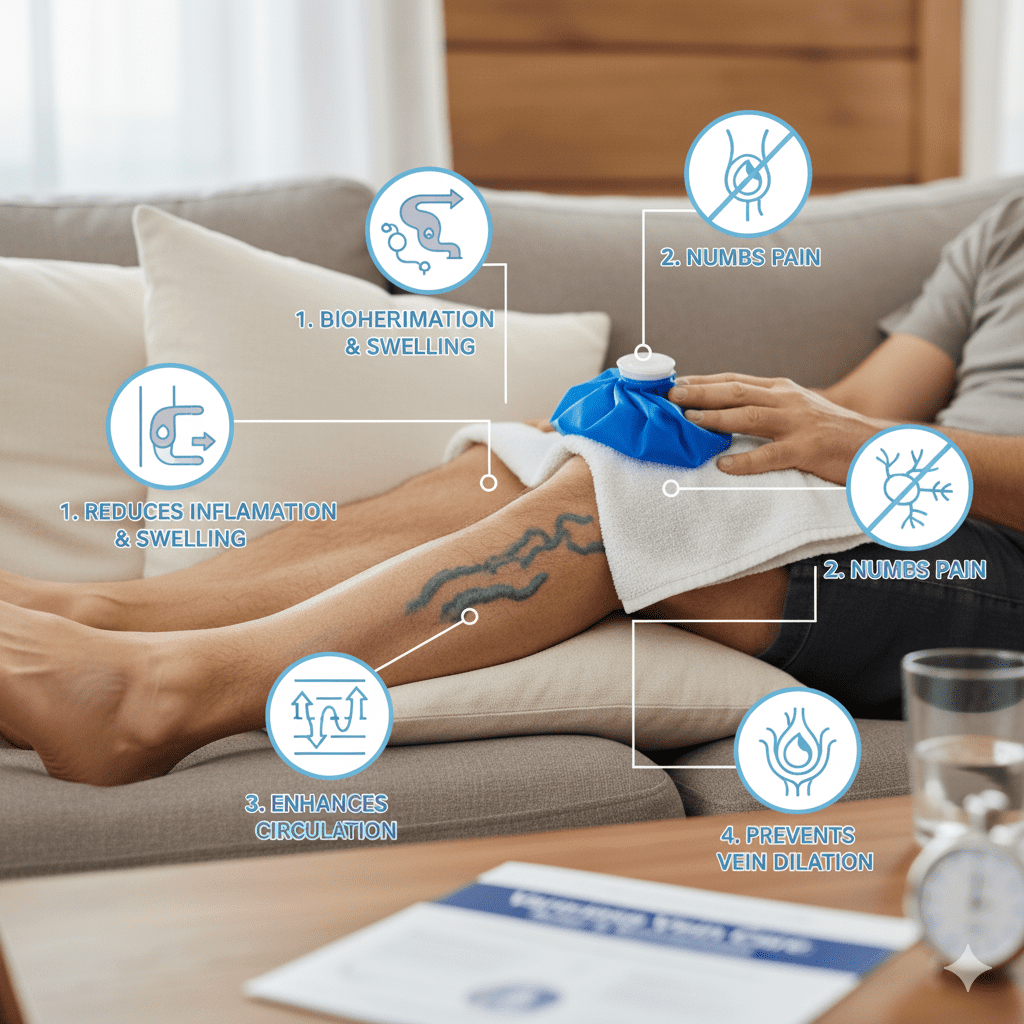
How to Use Ice Packs the Right Way
To get the most out of ice therapy for varicose veins, follow these safe and effective steps:
Step 1: Prepare Your Ice Pack
You can use a commercial gel ice pack, a bag of frozen peas, or make a DIY ice pack by sealing crushed ice in a plastic bag wrapped with a thin towel. Never place ice directly on your skin.
Step 2: Clean and Elevate the Area
Before applying the ice pack, make sure your legs are clean and dry. Sit or lie down comfortably and elevate your legs on a pillow or cushion. Elevation helps blood flow back toward the heart, enhancing the cooling effect.
Step 3: Apply Ice for 15–20 Minutes
Place the wrapped ice pack gently over the affected veins. Leave it on for about 15–20 minutes at a time, no more than 2–3 times per day. Overexposure can cause frostbite or skin irritation.
Step 4: Allow the Skin to Warm Naturally
After removing the ice, let your skin return to normal temperature before reapplying. This natural warming phase helps restore circulation safely.
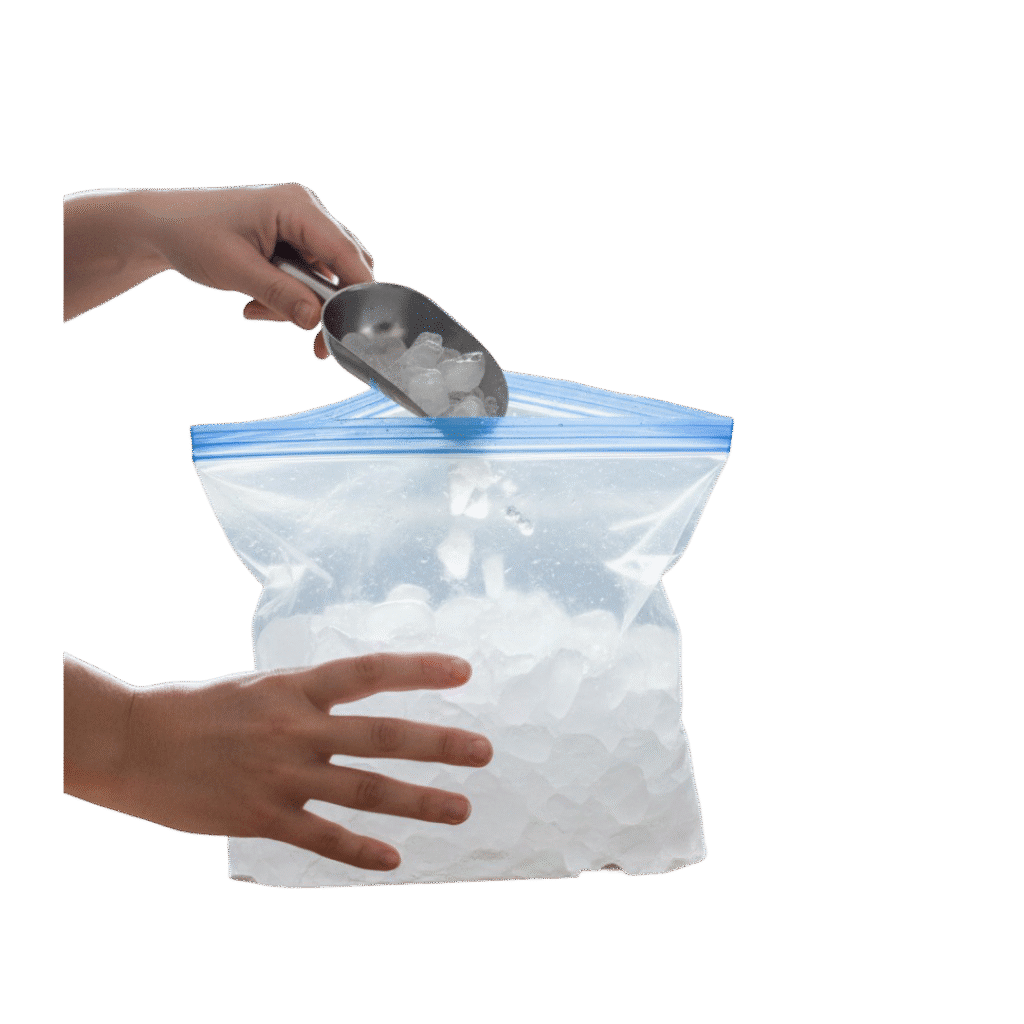
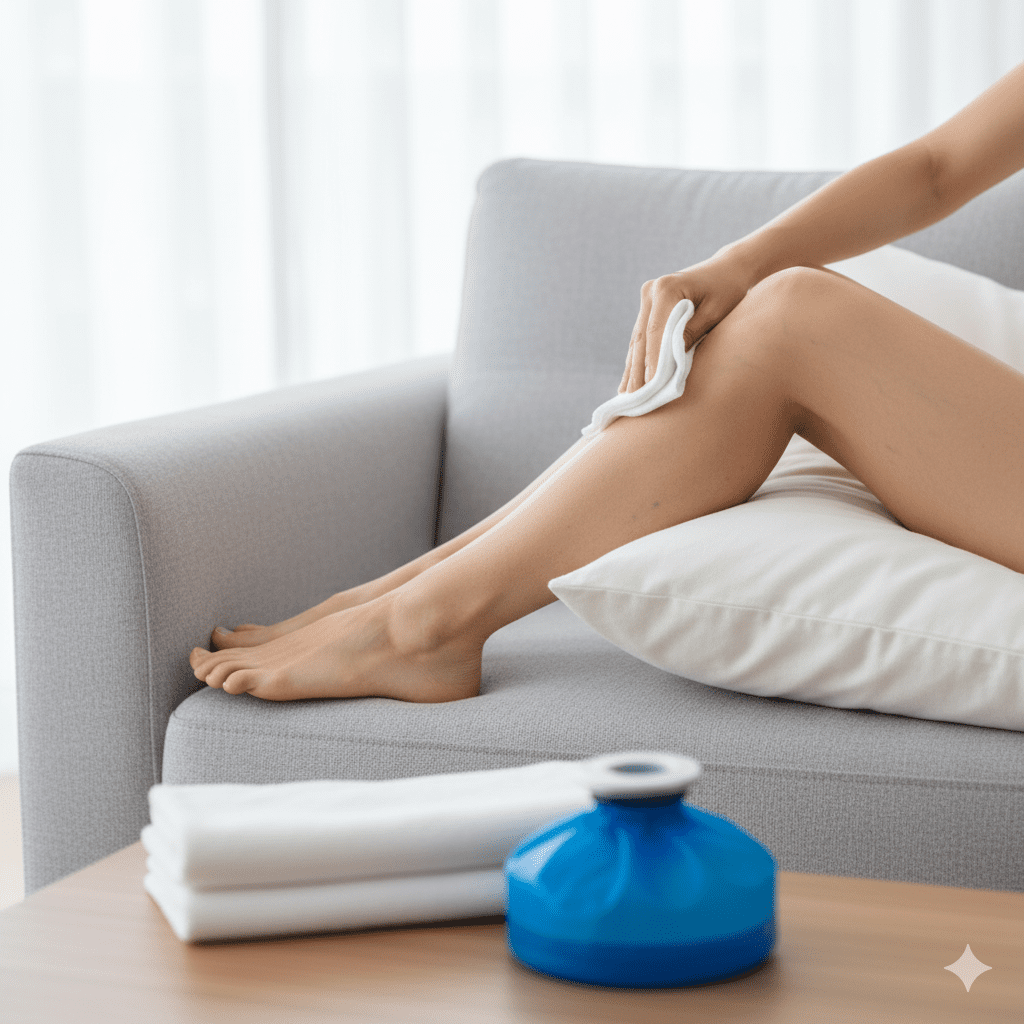
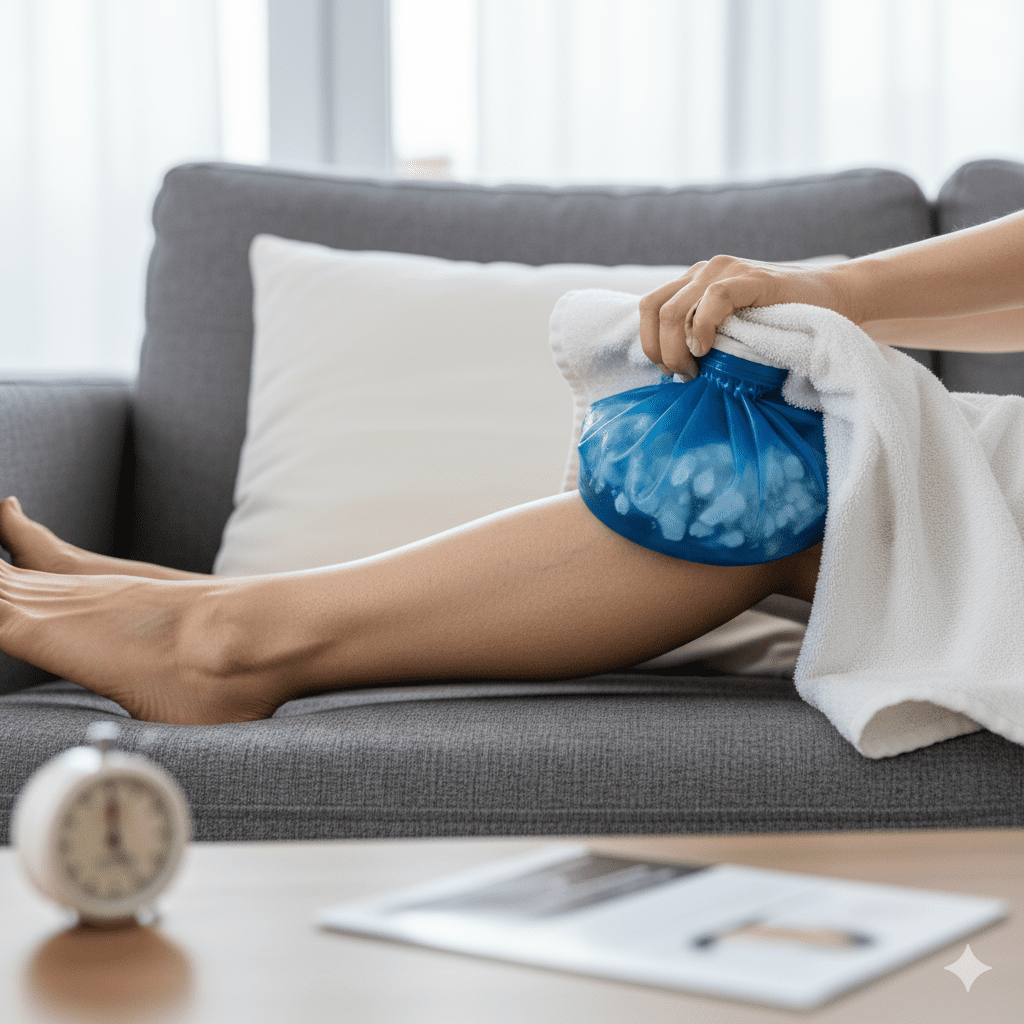
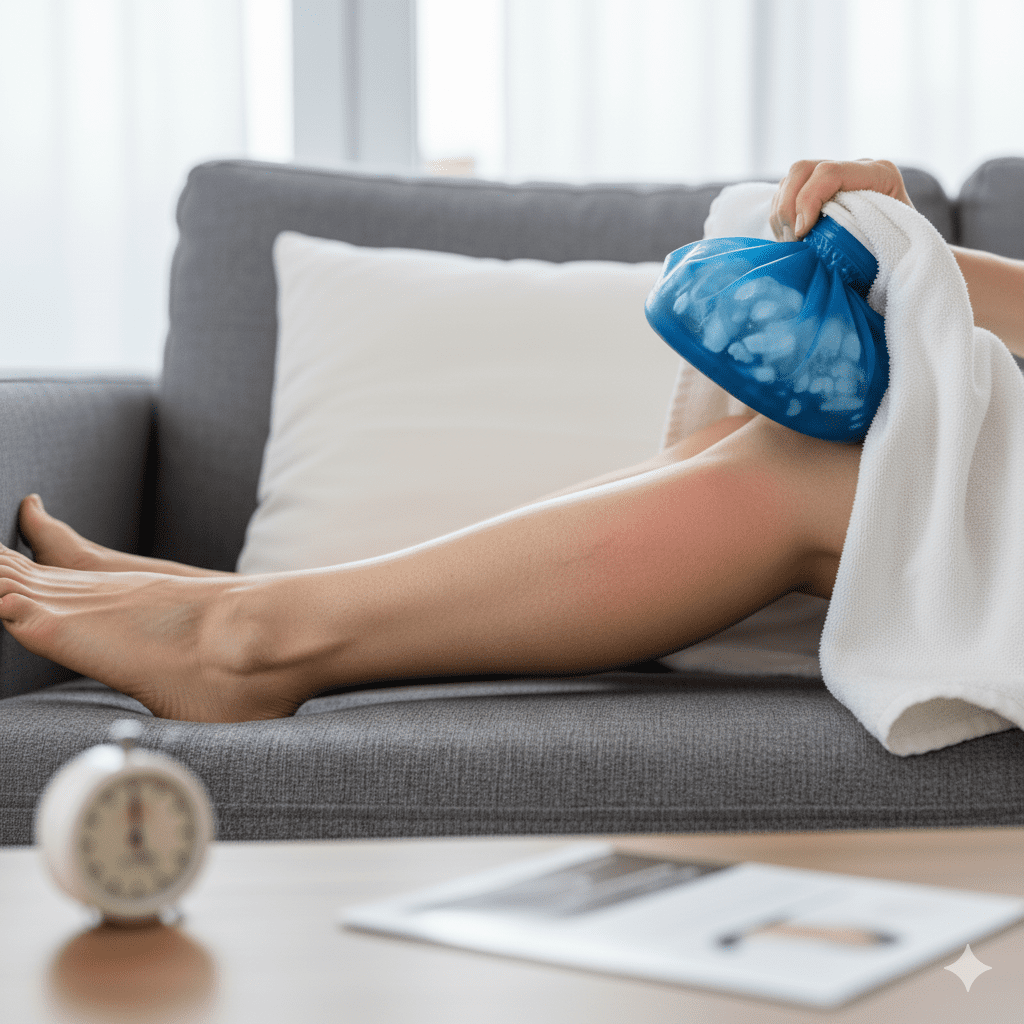
Safety Tips When Using Ice Packs
Ice therapy is highly effective when used correctly, but improper application can damage the skin. Here are some important precautions:
- Always wrap the ice pack in a thin towel or cloth before applying.
- Avoid using ice directly on varicose veins, as this can cause skin burns or numbness.
- Limit each session to 15–20 minutes. Extended cold exposure can lead to tissue damage.
- Do not apply ice on open wounds or skin ulcers, which can occur with severe varicose veins.
- If you experience sharp pain, numbness, or skin color changes, remove the ice immediately.
When to Use Ice Packs for Maximum Relief
Timing is key for effective varicose vein management. Use ice therapy during these moments:
- After prolonged standing or walking – to ease swelling and fatigue.
- After exercise – to calm inflammation and prevent soreness.
- During hot weather – when heat causes veins to expand and worsen symptoms.
- Before bedtime – to relax leg muscles and promote restful sleep.
Regular use during these times can significantly improve comfort and reduce flare-ups.
Alternative Cooling Methods for Varicose Veins
If traditional ice packs aren’t convenient, you can try alternative cooling methods that offer similar relief:
- Cooling Gel Packs
Reusable gel packs stay flexible even when frozen and conform easily to leg contours, providing better coverage and comfort.
- Cold Compress Towels
Soak a soft towel in cold water, wring it out, and place it over the affected area. It’s gentle, safe for sensitive skin, and can be repeated as needed.
- Cooling Creams or Gels
Topical creams with menthol or aloe vera provide a mild cooling sensation that helps reduce itching and burning without ice.
- Cold Showers
A quick cool-water rinse after a long day helps tighten veins and boost circulation, minimizing swelling naturally.
Complementary Remedies for Varicose Vein Pain Relief
While ice packs are effective, combining them with other natural and medical remedies enhances long-term results.
- Compression Stockings
Wearing graduated compression stockings improves venous return, reducing blood pooling and swelling.
- Leg Elevation
Raising your legs above heart level for 15–30 minutes daily promotes better circulation and drainage.
- Exercise and Movement
Low-impact activities like walking, cycling, and swimming help strengthen leg muscles and support vein function.
- Healthy Diet
A diet rich in fiber, antioxidants, and flavonoids supports vascular health and prevents constipation, which can worsen venous pressure.
- Medical Treatments
For severe varicose veins, consult a vein specialist for minimally invasive options like sclerotherapy, laser therapy, or radiofrequency ablation.
Common Mistakes to Avoid When Using Ice Packs
Even with good intentions, some people make mistakes that reduce the effectiveness of ice therapy. Avoid these:
- Applying ice directly to skin – always use a barrier.
- Using heat immediately after ice – sudden temperature shifts can strain veins.
- Falling asleep with ice on your legs – this can cause serious cold burns.
- Skipping elevation – elevating your legs boosts ice pack effectiveness dramatically.